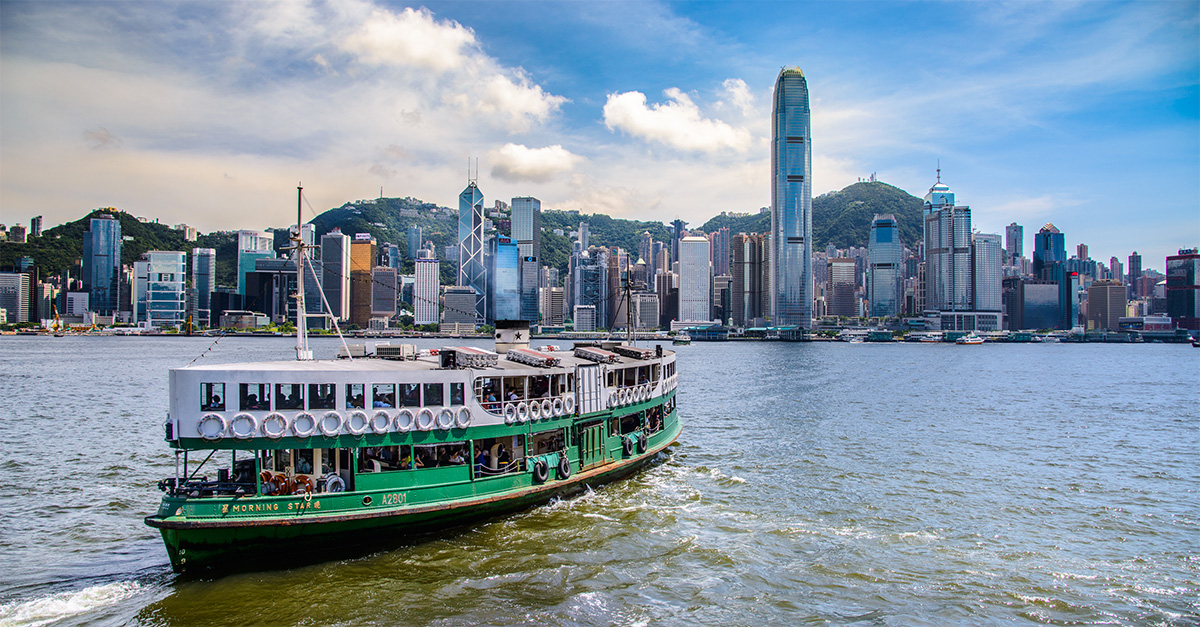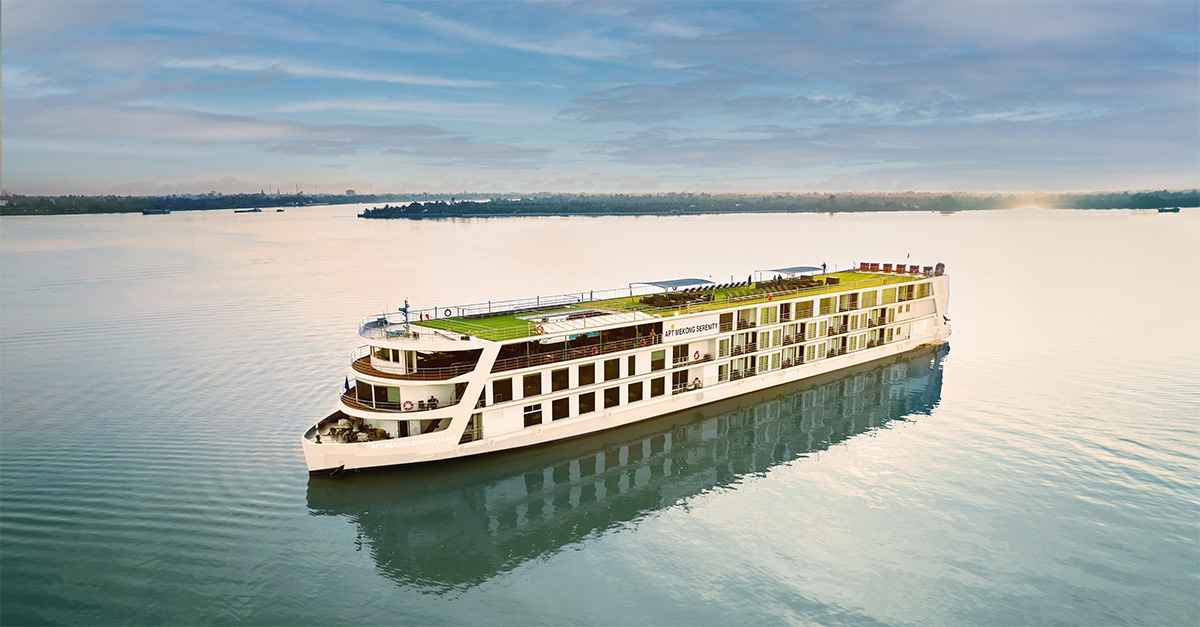Image credit: HTMG
Trace British royal history in this pocket-sized German city
Like this and want more details? Click here to download and save as a PDF.
Yesterday, the Queen became our longest-serving monarch, overtaking the previous record holder, Queen Victoria.
But did you know that if Victoria had been born male instead of female, we could still be sharing our royal family with the German city of Hanover?
After Queen Anne died childless in 1714, the next in line to the British throne was a member of the House of Hanover, George, who moved to London and reigned as George I.
In fact, we transplanted four Hanoverian Georges and a William before Victoria came to the throne and the line split, as the Kingdom of Hanover would not acknowledge a female ruler.
This shared history has motivated many a Brit to visit Hanover, and there’s much to recommend this northern German city, particularly to clients – probably of a certain age – who enjoy royal history and gardens, as it’s also home to Herrenhausen, one of the most famous and well-preserved baroque gardens in the world.
Day One
10.00: The tourist board has rather cleverly painted a red line on the city streets and following it will tour you around the highlights with no risk of getting lost. It starts at the tourist information office on Ernst-August-Platz, where you can pick up a booklet with information on the 36 points of interest along the path.
After passing the grand Opera House, you’ll come to stop seven – a bombed-out church with ruined walls and no ceiling. You wouldn’t know from most of the city today, but vast areas were destroyed by the Allies during the Second World War, and the Aegidienkirche stands as a monument.
Pop inside to see the peace bell, cast in 1985 and presented to Hanover by its twin city, Hiroshima.
11.00: It’s also worth a longer stop at the New Town Hall (pictured below), and not simply because it’s such a handsome baroque building. Go inside to see scale models of the city at different points in history – this really underlines the scale of the bombing – but also to ride to the top of the dome for the best views in town.
It’s accessed by a one-of-a-kind lift that ascends the 43m up the dome at an angle of 17 degrees off vertical.

11.30: As the tour takes you along the riverbank, you won’t be able to miss the brightly coloured sculptures on the banks.
These are some of Hanover’s most famous daughters, the Nanas. The word means ‘girls’, and the joyfully dancing figures are the work of sculptor Niki de Saint Phalle. Although French, the artist had a strong connection to Hanover, and was made an honorary citizen in 2000.
12.00: Having seen evidence of the extensive wartime bombing, the Old Town with its 16th and 17th-century half-timbered buildings may seem confusing.
In fact, they were collected from all over the city and rebuilt in this location. Look out for the imposing Market Church, a red-brick Gothic monolith with a peculiarly short tower – the money ran out before the original taller version was finished.
13.00: Walk back through the shopping streets of the centre to Kröpcke – the name of the square, the clock standing in it, the metro station under it and the cafe.
The cafe came first – in 1869 – and the name comes from one of its most famous proprietors, Wilhelm Kröpcke. Now managed by Mövenpick, it is a convenient spot for lunch.
14.00: Head underground and take the metro (direct on lines 4/5) to the jewel in Hanover’s crown, the Herrenhausen Gardens, where entry is €8. The extensive and formal Baroque Grosser Garten – think trimmed yew hedges, phalanxes of statues and tinkling fountains – were the brainchild of Electress Sophia, the mother of George I, and are a lovely spot for a wander.
Most of it is meticulously preserved and historically accurate, but don’t miss the one modern touch, the Grotto, a gorgeous hideaway lined with mosaics and mirrors, designed by Niki de Saint Phalle of the Nanas fame.
The original palace was destroyed in the Second World War, but an accurate replica has been rebuilt and just opened as a conference centre.
Below this is the Museum Schloss Herrenhausen, which gives not only great background to the gardens themselves, but also the Hanoverian royal line and life in that era.

16.30: Keen plant enthusiasts will want to use their combined ticket to visit the Berggarten across the road, a botanical garden with a vast variety of plants including a world-famous collection of orchids.
Others might rather stop at the cafe, set in what would have been the palace kitchens, before taking the metro back to the city centre to freshen up before dinner.
19.30: German food is hearty and frequently meat-heavy, so tell clients to go out with an appetite. Recommend Broyhan Haus on Kramerstrasse for traditional dishes – beer soup, schnitzels, sauerkraut, roast suckling pig – in a fittingly old-world setting.
Day Two
09.30: Board the S4 train from Hanover’s main station to Nordstemmen (these leave at 30 minutes past the hour), then walk the less-than-two miles to Schloss Marienburg.
This pretty castle is Germany’s Taj Mahal – a monument to love. The last king of Hanover – who inherited the title after the British throne had passed to Victoria – had the castle built as a gift for his beloved wife Marie.
But before the construction was complete, war broke out with Prussia, and in 1866 George was exiled to Austria, with his family following him a year later. So the castle was barely inhabited – looked after by just a caretaker for 80 years, it’s preserved in its original historic state.
Still owned by the Hanover family, it is open but only for guided tours, due to the priceless artefacts at every turn. The Classic Castle Tour and a tour of the exhibition The Path to the Crown, which features the Hanoverian crown jewels and explains the background of the union between the Hanoverian and British thrones, are run in English, and cost €8 and €7 respectively.
The tours are fascinating, detailing not just the exquisite craftsmanship of the castle – a fairytale cluster of turrets sitting on a hill, packed with treasures – but also the love story behind it, between the blind king and the queen he wooed using his musical talents.
His devotion was extraordinary – in the castle kitchen you can see the 365 cake moulds that were created to ensure the queen could have a different-shaped dessert every day of the year. The cake here is still excellent – have a slice to follow lunch in the castle restaurant, housed in the former stables.
13.30: Walk back to Nordstemmen and take the train back into Hanover, running at five minutes past the hour. Instead of staying on all the way back to the main station, get off a stop early at Hanover Bismarckstrasse, and walk down to the shores of the Maschsee.

Image credit: HTMG
At nearly a mile and a half long, this man-made lake is the city’s largest and is a lovely green oasis, with a path running round its shores and boats for hire from the northern end. Rent a cute VW Beetle-shaped pedalo – a reflection of the car manufacturer’s strong presence in the region – from €16 for an hour.
16.00: Pop into the Sprengel Museum, which sits over the road from the lake’s northern tip. It’s home to a wide collection of 20th and 21st-century art, including works by the Hanover-born Kurt Schwitters, and a selection from the Hanover-adopted French artist Niki de Saint Phalle.
19.00: After a couple of days of traditional German food, try something different. Al Dar specialises in Syrian and Middle Eastern cuisine, and its mezze, bursting with freshness, was the best food we tasted in the city.
Tried & Tested: Grand Hotel Mussmann
I am not usually the kind of relentlessly positive, hills-are-alive sort of person who starts the day with a song in my heart.
But at the Grand Hotel Mussmann, I couldn’t help it – the shower flashes disco colours and plays The Weather Girls’ 1982 classic It’s Raining Men when you turn it on.
This is particularly enchanting when you take into account that at every other level, this is a relatively sober and staid hotel in the city centre designed to appeal to both the leisure and business markets.
Sitting right on the main square Ernst-August-Platz, it couldn’t be in a better location for sightseeing. Though unremarkable in looks, the 140 rooms and suites are spacious and comfortable, and those bathrooms are rather swankily turned out in marble, with Hermes toiletries.
Friendly service and a breakfast buffet with continental, German and cooked options make this a great city-break stay.Book it: From €62 a night at weekends and €124 during the week.
DO
Recommend clients take the direct tram that runs conveniently from the airport to the main station in just 17 minutes.
DON’T
Forget to tell them to take change or a €5 note to pay the €3.30 charge as the ticket machine doesn’t accept cards or larger notes.




